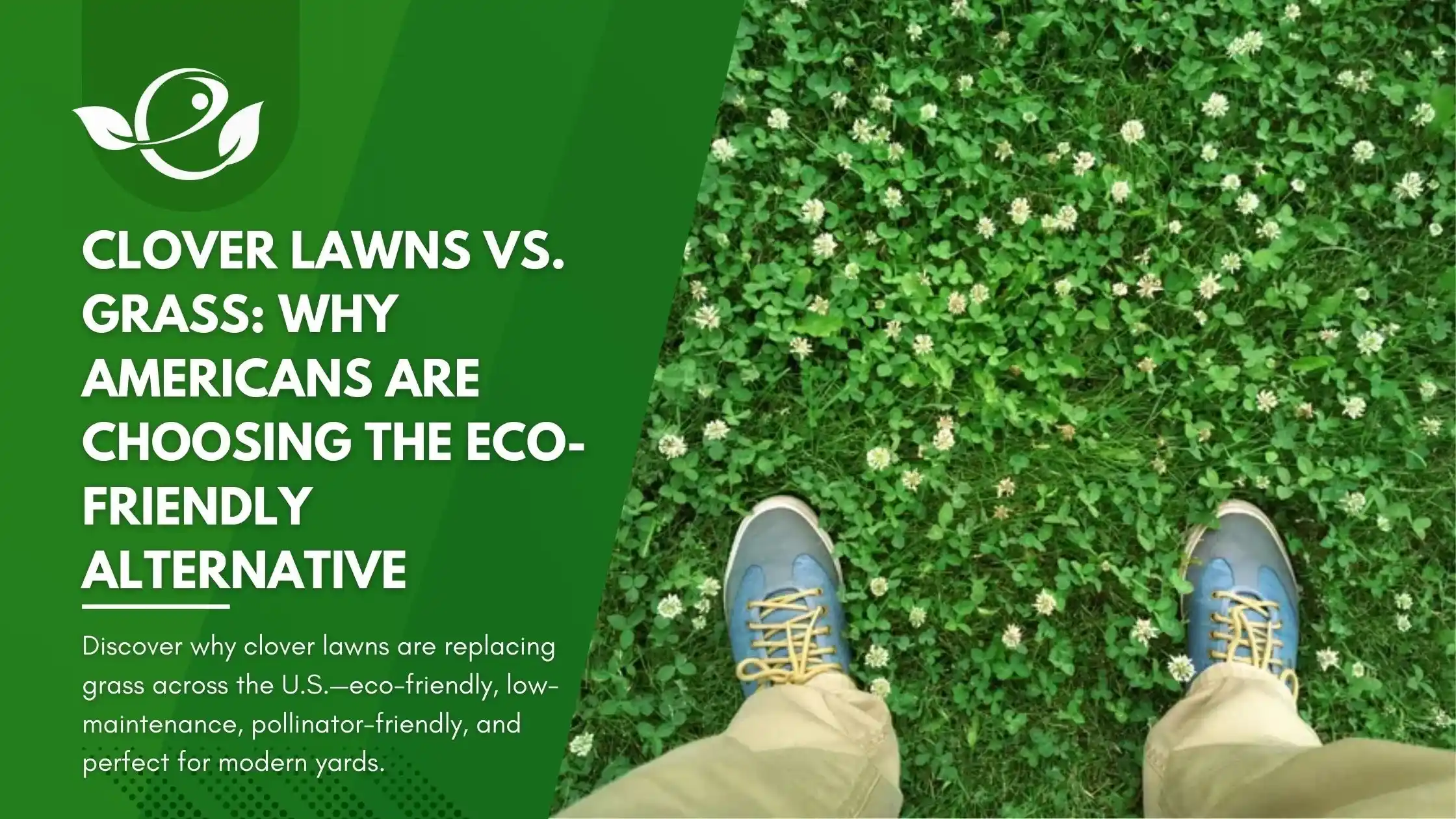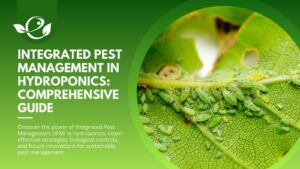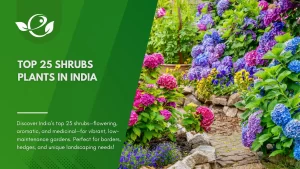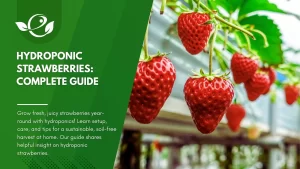Table of Contents
America’s love affair with lush green lawns is facing a quiet revolution. In neighborhoods across the country, homeowners are swapping their high-maintenance turf grass for a new contender: clover lawns. Once dismissed as a pesky weed, clover is now being celebrated for its resilience, sustainability, and unique aesthetic.This blog dives deep into the growing trend of clover lawns, examining how they stack up against traditional grass in terms of maintenance, environmental impact, aesthetics, and cost. If you’re wondering whether it’s time to rethink your lawn, this guide offers the insight you need to make an informed, eco-conscious choice.
The Rise of Clover Lawns in the U.S.
The traditional American lawn has long symbolized pride, prosperity, and curb appeal. But in recent years, priorities have shifted. Faced with climate challenges, water restrictions, and growing environmental awareness, many homeowners are rethinking the classic turfgrass lawn.
A Growing Trend
Searches for terms like “clover lawn benefits” and “how to plant micro clover” have skyrocketed in the past two years. Fueling the trend are viral TikTok and Instagram reels showcasing picturesque clover carpets teeming with bees and butterflies.
Environmental Awareness
Clover lawns align with a broader movement toward sustainable landscaping. Water-wise gardening, reduced pesticide use, and pollinator-friendly planting are all part of this shift. Clover ticks each of these boxes with ease.
Maintenance Comparison
Mowing Frequency
- Grass Lawns: Require frequent mowing—often once a week during spring and summer. Neglecting regular trimming can result in thatch build-up and weakened turf.
- Clover Lawns: Need much less mowing. Depending on the variety, you can get away with trimming every 4–6 weeks or even letting it bloom freely for a wildflower effect.
Watering Needs
- Grass Lawns: Are thirsty, especially during hot summers. In some states like California, turf lawns have been blamed for excessive residential water usage.
- Clover Lawns: Naturally drought-tolerant. Clover roots grow deep and retain moisture, reducing the need for irrigation even during dry spells.
Fertilization
- Grass Lawns: Typically demand regular applications of nitrogen-rich fertilizer to maintain their color and density.
- Clover Lawns: Act as their own fertilizer. As legumes, clover plants fix atmospheric nitrogen, enriching the soil and supporting neighboring plants.
Environmental Impact
Biodiversity Support
- Grass Lawns: Offer little support for pollinators or wildlife. Monoculture turf environments tend to repel insects and birds.
- Clover Lawns: Attract bees, butterflies, and beneficial insects with their small, nectar-rich flowers. They create microhabitats that support local ecosystems.
Chemical Usage
- Grass Lawns: Often depend on herbicides, pesticides, and synthetic fertilizers. These chemicals can leach into groundwater and harm beneficial organisms.
- Clover Lawns: Require minimal chemical input. Clover resists most pests naturally and competes well with weeds once established.
Soil Health
- Grass Lawns: Compacted soil is a common problem, reducing oxygen and stifling root growth.
- Clover Lawns: Have extensive root systems that aerate the soil, improve drainage, and increase microbial activity.
Aesthetic and Functional Considerations
Visual Appeal
- Grass Lawns: Offer a uniform green appearance that’s been the standard of suburban beauty for decades.
- Clover Lawns: Feature a vibrant, varied green with soft white (or pink) blossoms. While not as manicured, they have a whimsical charm that appeals to the eco-conscious.
Foot Traffic Tolerance
- Grass Lawns: Typically more resistant to wear and tear. Kentucky bluegrass and fescue varieties are particularly hardy.
- Clover Lawns: Can withstand light to moderate traffic. Microclover varieties blend with grass to enhance durability.
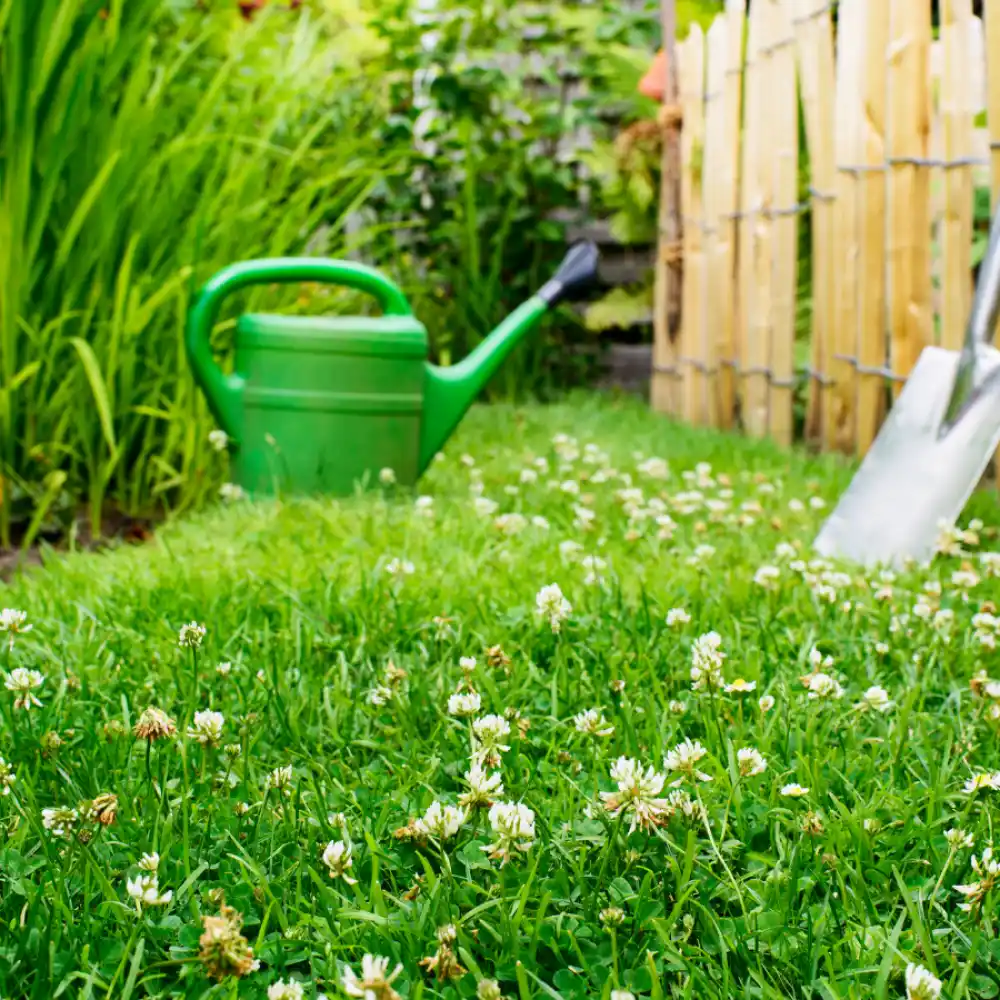
Seasonal Behavior
- Grass Lawns: Can brown and go dormant in extreme heat or drought.
- Clover Lawns: Stay greener longer. Some varieties remain vibrant throughout the summer, making them ideal for low-water zones.
Cost Analysis
Installation Costs
- Grass Lawns: Installing sod or reseeding can cost between $0.50–$1.50 per square foot, depending on the grass type.
- Clover Lawns: Generally cheaper to seed. Microclover, for instance, costs less per square foot and establishes quickly.
Maintenance Expenses
- Grass Lawns: Ongoing expenses include mowing (equipment or services), irrigation systems, fertilizer, and weed control.
- Clover Lawns: Lower maintenance costs. You’ll save on water bills, fertilizer, and likely need less frequent mowing.
According to a University of Maryland study, clover lawns cost 30–50% less to maintain annually compared to traditional turf.
Suitability for Different Climates
Grass Lawns
- Cool-season grasses (like ryegrass and fescue) thrive in the northern U.S.
- Warm-season grasses (like bermudagrass) perform well in the South but require more water.
- Performance is climate-dependent; improper selection leads to increased maintenance and poor results.
Clover Lawns
- Adapt well to a range of USDA zones. Thrive particularly in temperate regions.
- Microclover is resilient in both sun and partial shade, making it ideal for most suburban yards.
Potential Drawbacks of Clover Lawns
No solution is perfect. Here are a few cons to consider:
- Durability Issues: High-traffic areas may suffer bare spots. Consider mixing clover with a hardy grass species for resilience.
- Perception Problems: Some HOAs and neighborhood codes still classify clover as a weed.
- Re-seeding Needs: Clover may require overseeding every 2–3 years to maintain lushness.
- Staining: Clover leaves can stain clothing if wet, especially after mowing.
Despite these drawbacks, many homeowners find the environmental and aesthetic benefits far outweigh the minor inconveniences.
Tips for Transitioning to a Clover Lawn
Ready to make the switch? Here’s how to get started:
Step 1: Evaluate Your Lawn
- Is your yard sunny or shady?
- Do you have high foot traffic?
- Are you subject to HOA regulations?
Step 2: Choose Your Clover Variety
- Dutch White Clover: Low-growing, cold-hardy, great for full clover lawns.
- Microclover: Smaller leaves, blends seamlessly with grass, looks more uniform.
Step 3: Prepare Your Lawn
- Remove large weeds or thick thatch.
- Mow grass short before overseeding.
- Rake lightly to expose soil.
Step 4: Seed and Water
- Broadcast seeds by hand or spreader.
- Water lightly but frequently until germination (typically within 7–10 days).
- Reduce watering as clover establishes.
Step 5: Maintain Gently
- Mow only to prevent excess flowering if desired.
- Avoid synthetic fertilizers—clover doesn’t need them.
- Spot-seed if patches develop.
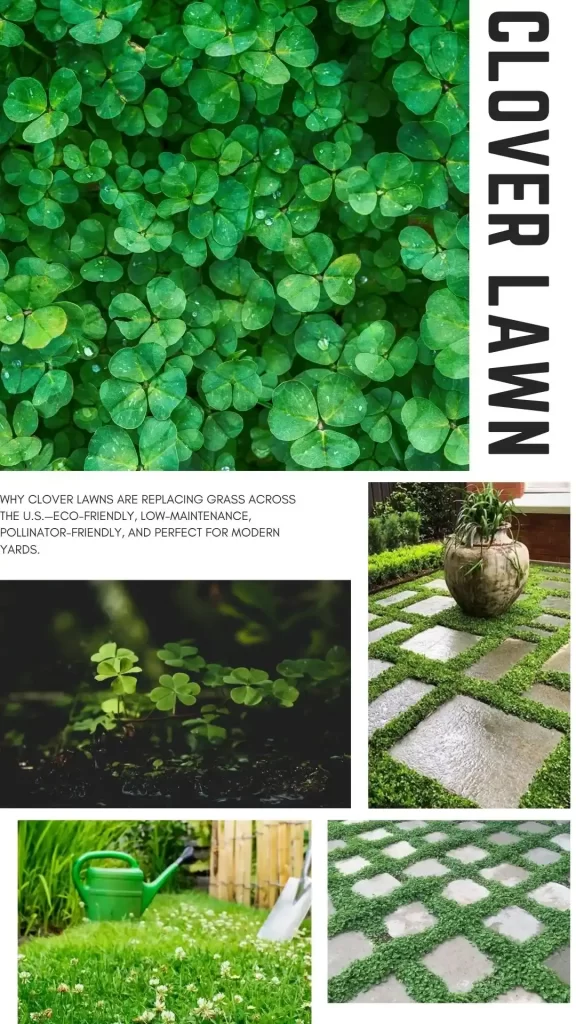
Transitioning to a clover lawn can be done gradually. Overseeding into existing grass lets you test the waters before fully replacing your turf.
Conclusion
As climate realities and eco-awareness reshape how we think about our yards, clover lawns offer a sustainable, low-maintenance, and beautiful alternative to conventional turf. With reduced water usage, less mowing, and better support for pollinators, clover isn’t just trendy—it’s practical. While traditional grass still holds appeal for sports or high-traffic use, homeowners looking to reduce their environmental impact without sacrificing charm will find much to love in a patch of clover.
If you’re ready to step into a greener future—literally and figuratively—now’s the time to give clover a chance.
Liked this article? Share it with a friend or neighbor looking to refresh their lawn, and check out our other posts on sustainable gardening, native plants, and low-water landscaping!
Frequently Asked Questions (FAQ)
1. Will clover lawns attract bees?
Yes, clover flowers attract pollinators like bees and butterflies. While this is a huge benefit for the environment, homeowners with bee allergies may prefer to mow more frequently to limit flowering.
2. Can clover lawns be used in pet-friendly yards?
Absolutely. Clover is non-toxic to pets and tends to be more urine-resistant than traditional grass, reducing those unsightly yellow spots.
3. Is clover a perennial or annual?
Most clover used in lawns—like Dutch white clover or microclover—is a perennial, meaning it will regrow each year, especially in USDA zones 4–9.
4. How long does it take for clover to fully establish?
Clover germinates within 7–10 days and reaches maturity in about 6–8 weeks, though this can vary based on climate and soil conditions.
5. Can I mix clover with grass seed?
Yes, and many people do! Mixing microclover with turfgrass creates a durable, lush, and eco-friendly lawn that still looks like a traditional yard.
6. Will clover lawns spread into my garden beds?
Clover can spread, but it’s not aggressive like some invasive groundcovers. Simple edging or occasional hand-weeding is usually enough to keep it contained.
7. Do clover lawns attract pests?
Clover itself resists many common lawn pests. However, like any vegetation, it can still harbor insects if the surrounding environment encourages them. Overall, it attracts more beneficial insects than harmful ones.
8. What time of year should I plant clover?
Early spring or early fall are ideal planting windows. These seasons offer mild temperatures and reliable moisture, giving seeds the best chance to establish.
9. Do clover lawns require aeration?
Generally, no. Clover’s deep roots naturally aerate the soil, reducing compaction and promoting better soil health over time.
10. Are there any legal issues with planting clover?
Some HOAs or city codes may still classify clover as a weed. It’s best to check local regulations before replacing a traditional lawn, especially in planned communities.
